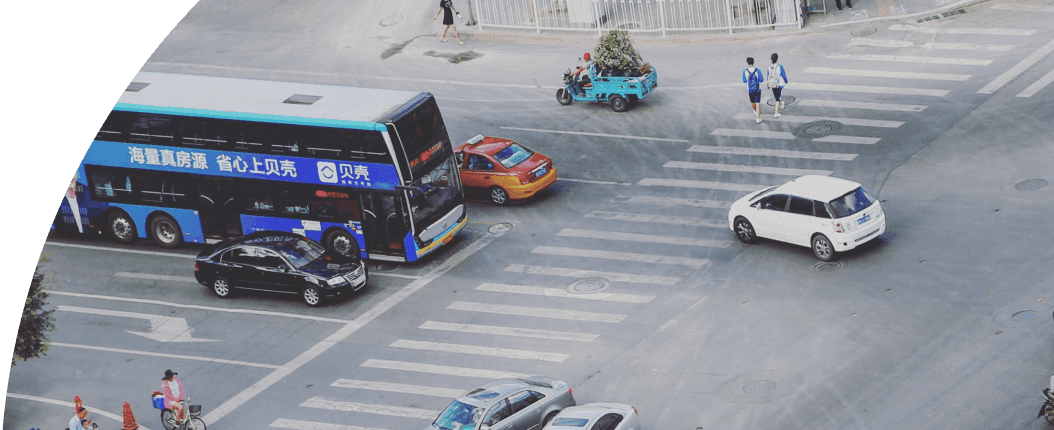
News
By Will Schroeer, May 28, 2009
Yesterday, the American Academy of Pediatrics adopted a ground-breaking policy statement on the link between how we build communities and the health of the children in those communities. The American Academy of Pediatrics policy:
- reviews the many links between community design and overall child health, and the strong statistical validation of those links;
- encourages pediatricians to work with parents to promote more walkable, livable communities,
- calls on cities, states, and the US government to plan for and invest in communities that best advance the health, safety, and well being of American families.
This is really remarkable: the nation’s leading group of pediatricians saying, based on the evidence, that the way we’re building isn’t good for kids. In our family, we hang on our pediatrician’s every word. If she says something we’re doing is making our kids sick, we try hard to change it as fast as we can.
Richard Jackson, Professor and Chair, Environmental Health Sciences UCLA School of Public Health, says “It is, to my knowledge, the first time a health organization has made such an authoritative and direct statement about the healthfulness or hazards of the design of communities that children grow up in.”
Quite by coincidence, AARP issued on the same day “Planning Complete Streets for an Aging America”. The findings from AARP’s research are (or should be) shocking:
- Two-thirds of planners and engineers report that they have not yet begun considering the needs of older road users in their multi-modal planning.
- Nearly 50 percent of adults age 50 and older report they cannot cross main roads close to their home safely.
Not surprisingly, if planners are not thinking about the needs of older users, then the resulting projects don’t work for those users.
The take-away from yesterday’s news: contemporary planning doesn’t work for 2/3rds (roughly) of the population: the young and the old. The careful reader will note that nothing in the foregoing statement says that it works for the other third, either. It is a rare place that is unhealthy for kids and grandparents, but completely healthy for everyone else.
Related News

© 2025 Smart Growth America. All rights reserved
Site By3Lane Marketing









